Description
Deactivated BAR (Browning Automatic Rifle) — LMG
The Browning Automatic Rifle — commonly known as the BAR — is an iconic American light machine-gun/automatic rifle developed by John M. Browning and first introduced in 1918. Designed to give infantry squads a portable source of automatic fire, the BAR saw widespread service from the end of the First World War through the Second World War and into the Korean War. Its combination of robustness, relatively compact profile and sustained-fire capability made it an important support weapon for mounted and dismounted infantry alike.
Historical context and role
Originally adopted as the M1918 Browning Automatic Rifle, the BAR was intended to replace earlier heavier crew-served machine guns in certain mobile roles. It was issued as a squad automatic weapon, providing suppressive fire while remaining light enough to be carried and employed by a single soldier (often with a two-man team for tactical employment and ammunition supply). Over time, several service modifications — most notably the M1918A2 — refined the weapon’s sights, firing-controls and rate-of-fire to better suit doctrine developed between the wars.
Design and construction
The BAR is recognisable by its long, slim receiver, top-mounted gas/operating system and integral bipod on many service versions. Constructed largely from forged and stamped steel with wooden furniture in early examples, it was built for durability and relatively straightforward field maintenance. The weapon feeds from detachable box magazines and was produced by several contractors under United States contract during the 20th century.
Typical specifications
These figures summarise commonly cited service characteristics; variations exist between marks and national variants: overall length typically about 1.1–1.2 metres, weight around 7–10 kg (unloaded) depending on model and fittings, chambered in .30-06 Springfield for U.S. service rifles, and fitted with detachable box magazines (often 20-round). The service rate of fire is commonly quoted in the region of 500–650 rounds per minute for later service variants; effective practical employment prioritised short bursts and controlled fire rather than continuous full-auto.
Collectability and preservation
Original BARs — particularly those with service provenance, matching serial numbers, wartime markings or period accessories — are highly sought after by museums and advanced collectors of military small arms. Condition can vary widely: factors affecting value include finish and bore condition, matching serials, originality of furniture and fittings, and the presence of period accessories such as magazines, slings or original transit crates. As with all historic firearms, careful, professional conservation rather than aggressive restoration is recommended to preserve patina and documentary value.
This has been deactivated to EU/UK Specifications and will be supplied with a Certificate as proof.
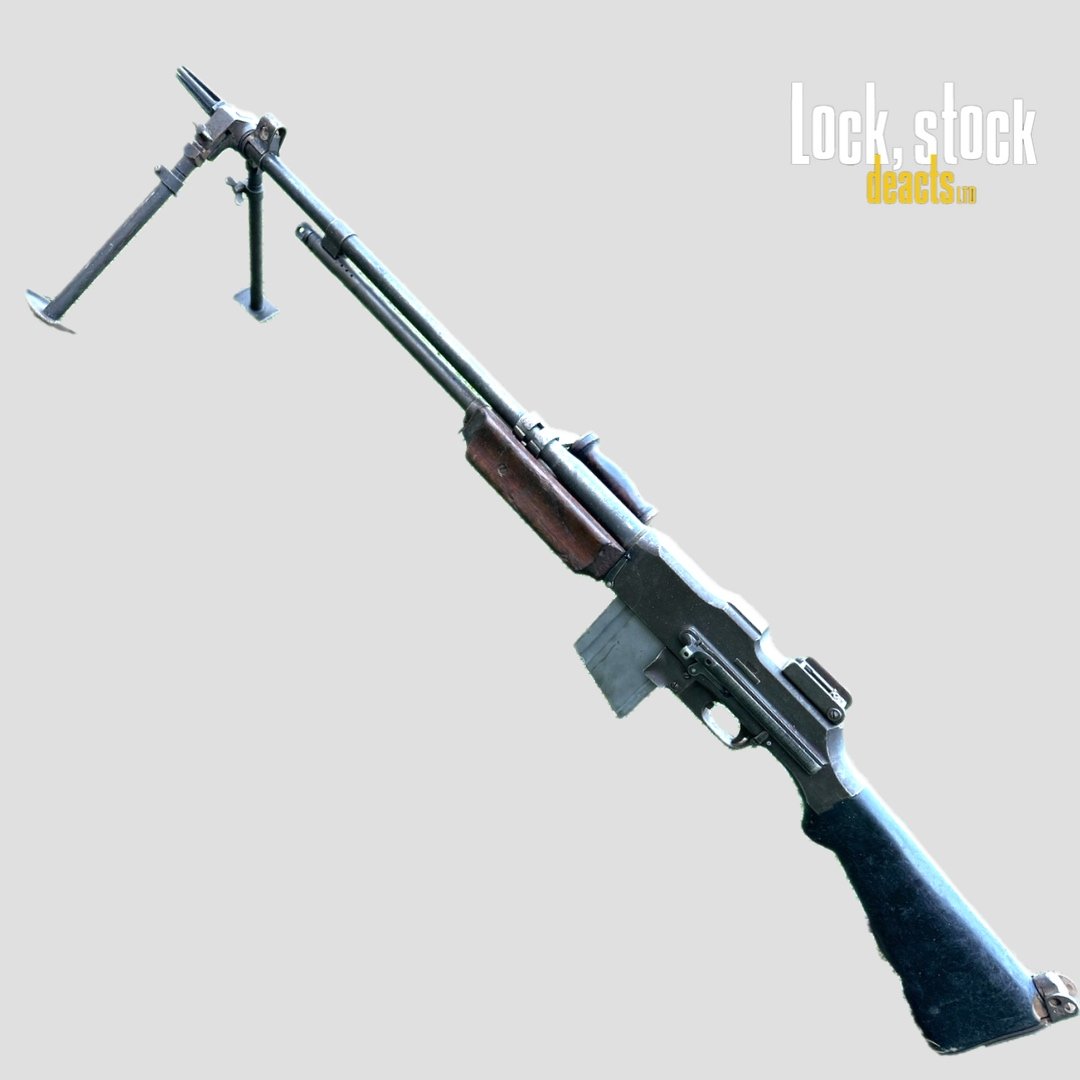
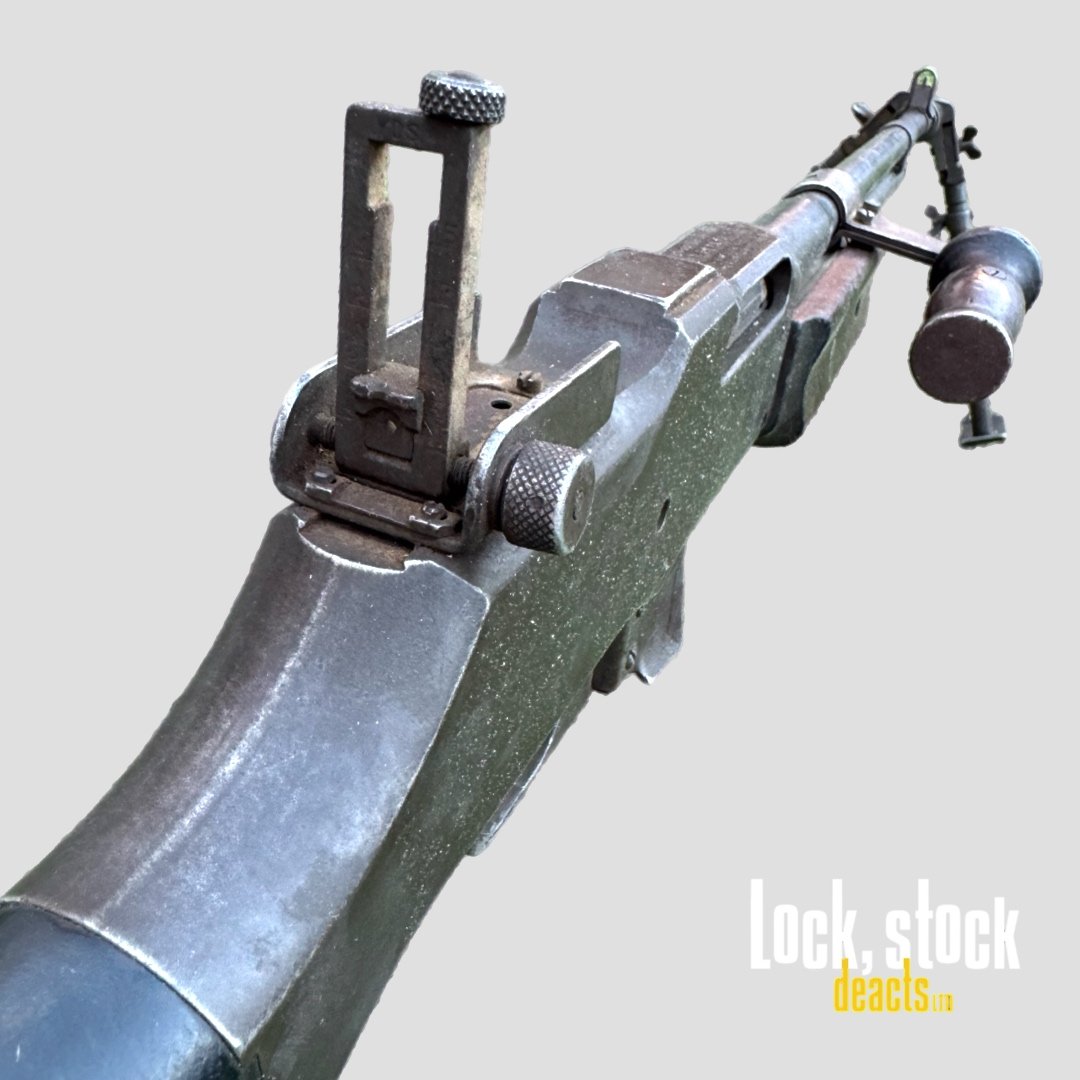
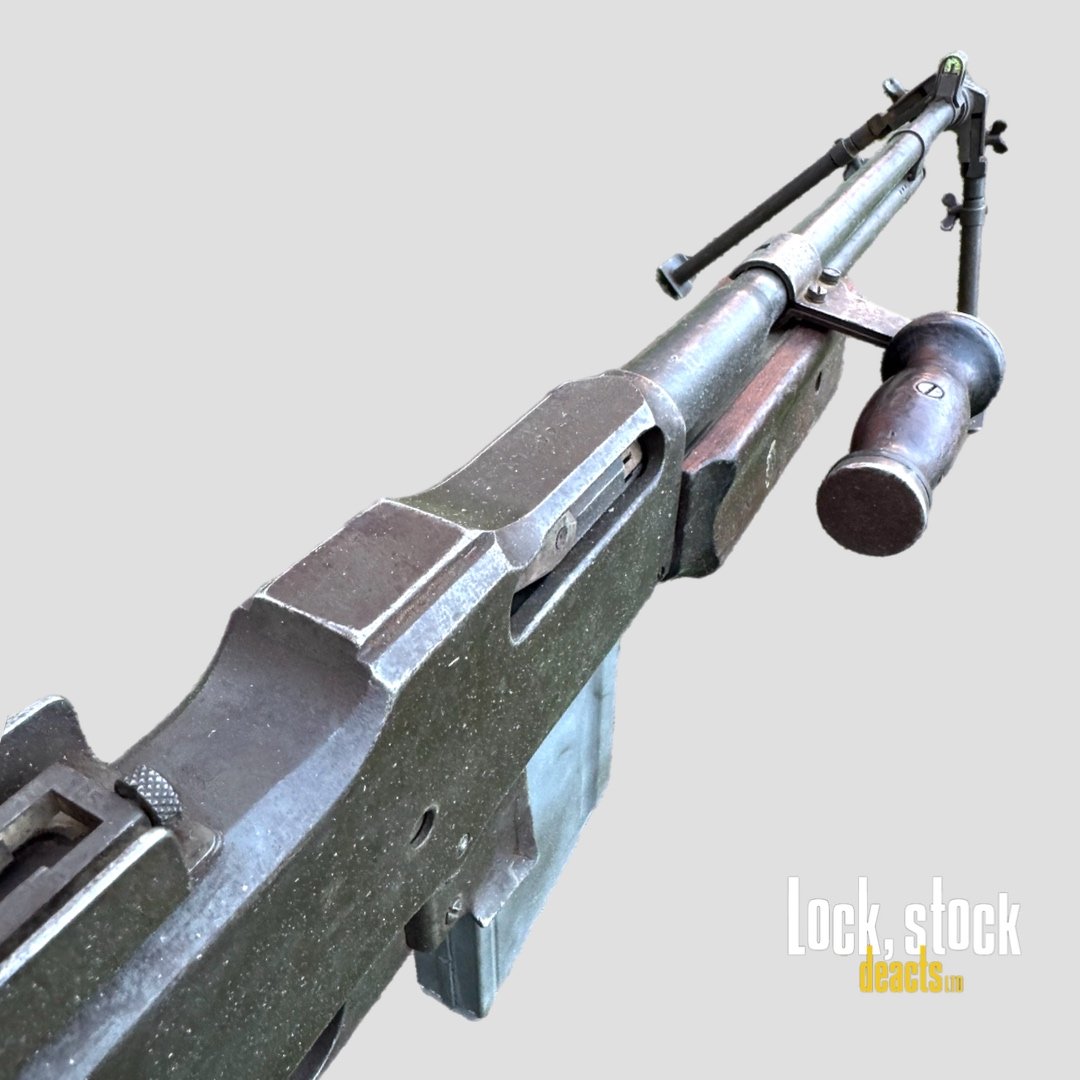
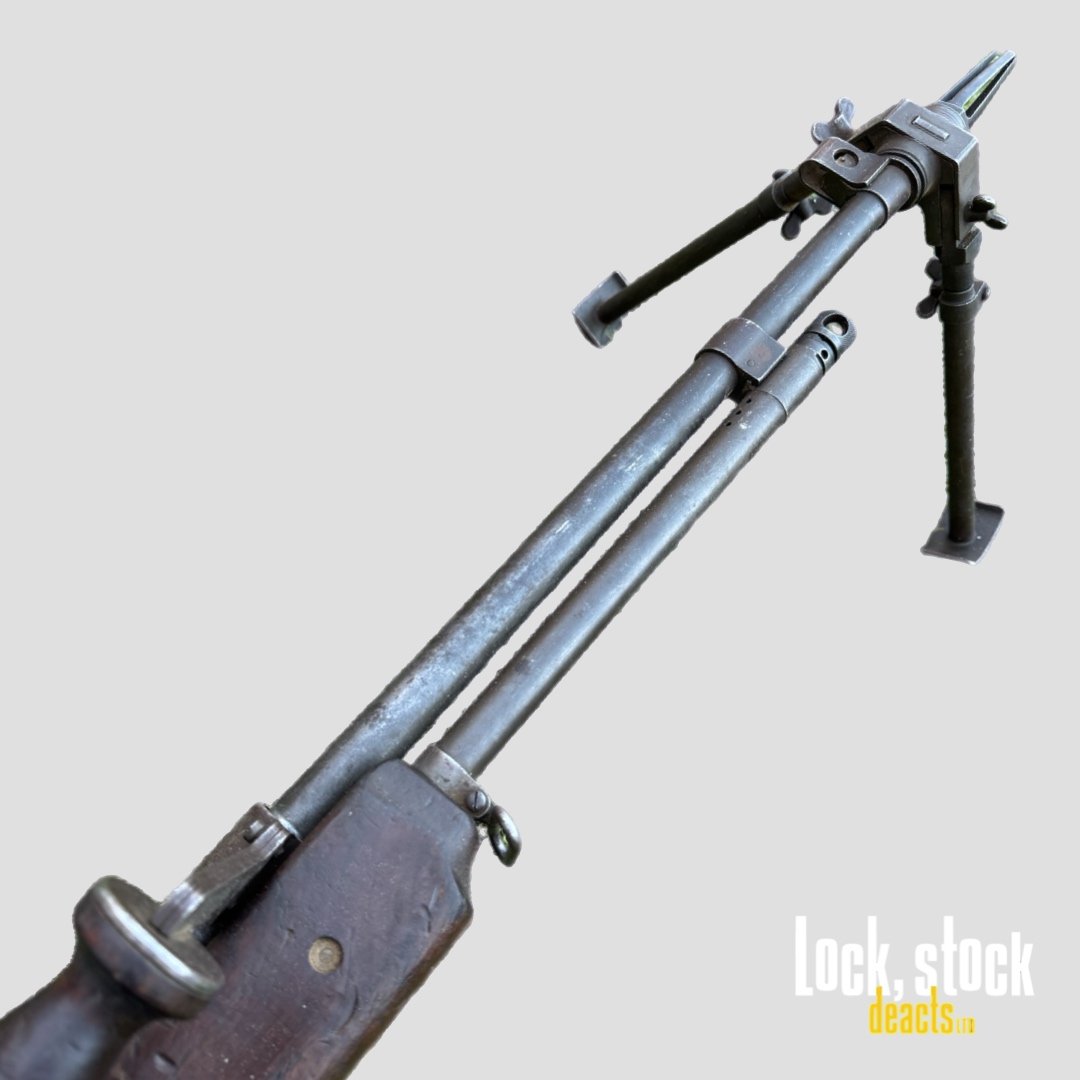
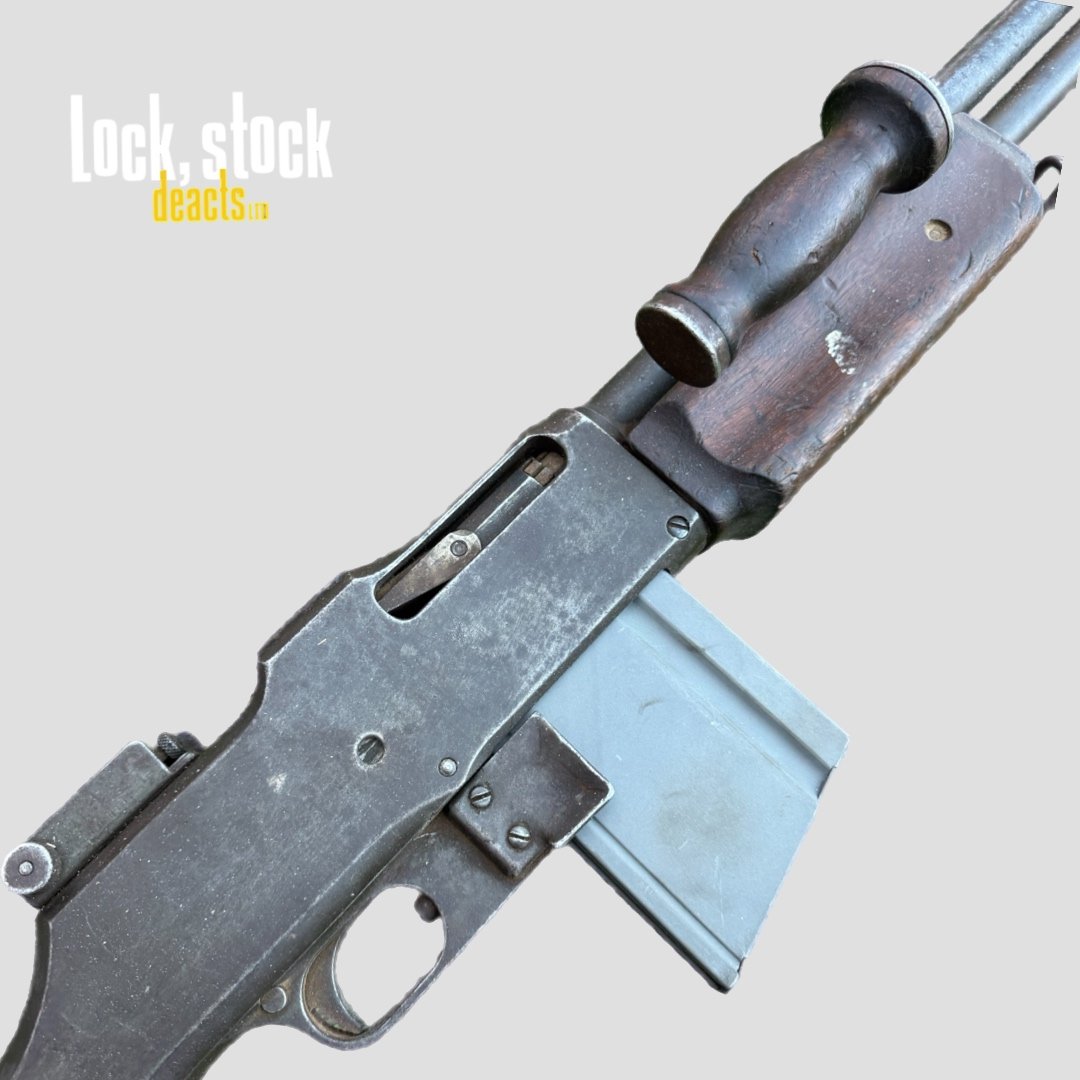
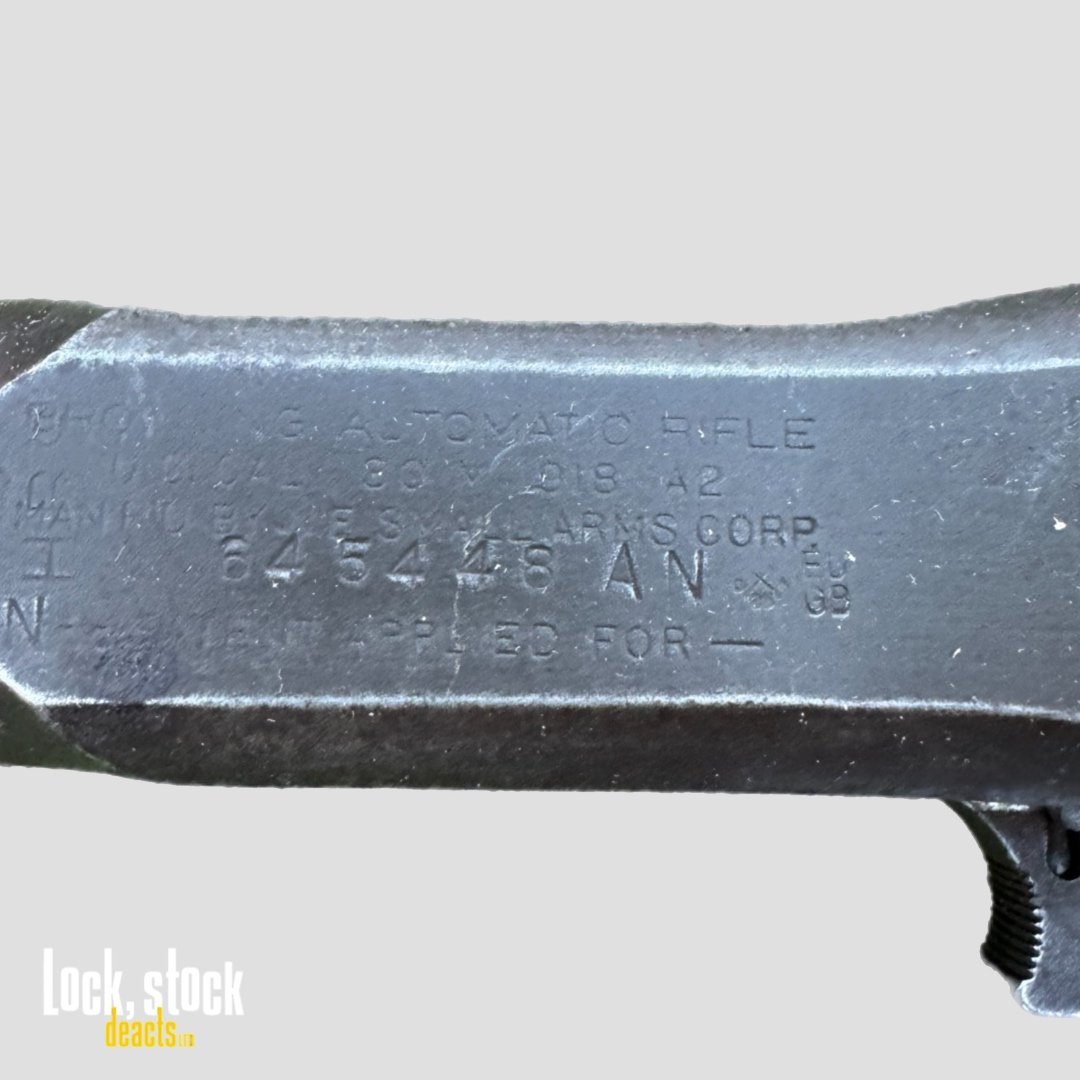



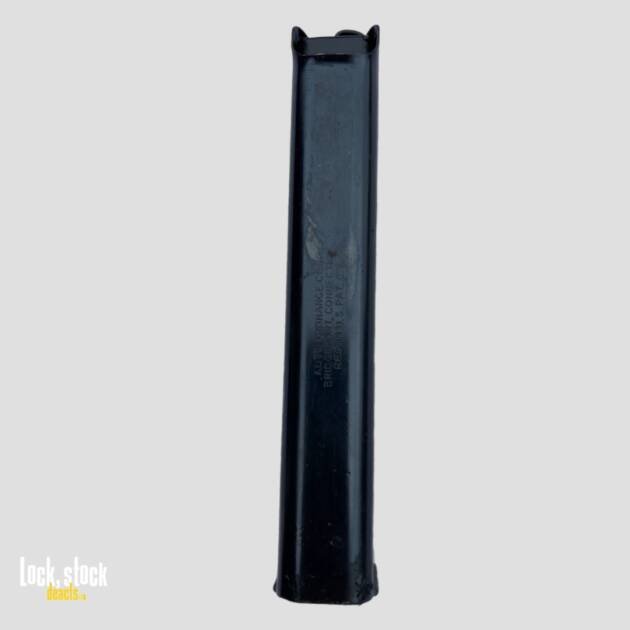


Reviews
There are no reviews yet.